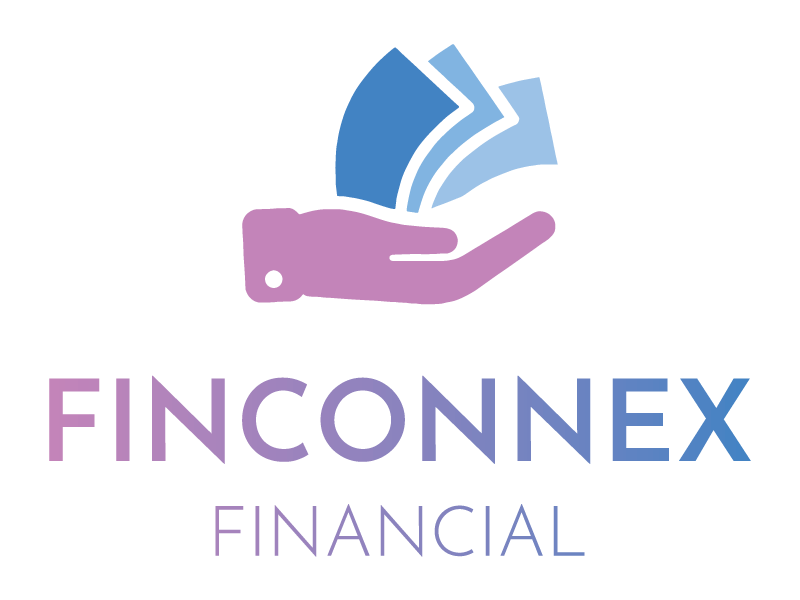Following the lodgement of a home loan application, borrowers are often keen to know what will happen next and how long it will take for them to receive the verdict. There is no one-size-fits-all answer however, a perfect packaging deal✅ is the key to keeping the approval time short.
🗣The amount of time it takes for you to receive a response to your home loan application can vary. An answer is usually received between two days to two weeks, depending on a range of factors.
🗣For straight forward vanilla application it’s 48 hours to a final approval. But, depending on how complex the circumstances are, it can take longer than that..
🗣Before offering conditional approval, your potential lender will need to make an assessment of your application and conduct a valuation of the property. Of course, having a valuation that is acceptable to the lender done in advance will expedite the process.
🗣There are a few things that can result in an application not being approved based on valuation, like zoning, property size, or if the condition of the property is poor enough that major repairs would be required before it could realise its market value.
🗣The lender will also assess your capacity to repay the loan amount you have requested. This is where all of the information about your salary and liabilities come into consideration, and where accurate and complete information is essential.
🗣The credit review by the lender can include a bit of to-and-fro between the customer, the broker and the lender due to the lender’s request for further information as that credit review takes place.
🗣Your potential lender makes an overall judgement of you as a borrower and the complexity of your financial history will affect how long this takes.
🗣The biggest red flag is non-disclosure of liabilities or adverse information on a credit history, So it’s always a best idea to fully disclose and be open with your finance broker, so he/she can take precautions from the beginning..
🗣The complexity of the application process is a great reason why you would sit down with a reputable broker, as they can just explain all of that to you.”
👉🏼Following the submission of an application, you can expect your finance broker to be in touch with you to update you on progress, and to notify you of the outcome. If your application is approved, your broker will also advise you of when to expect a formal letter of approval from your lender.
